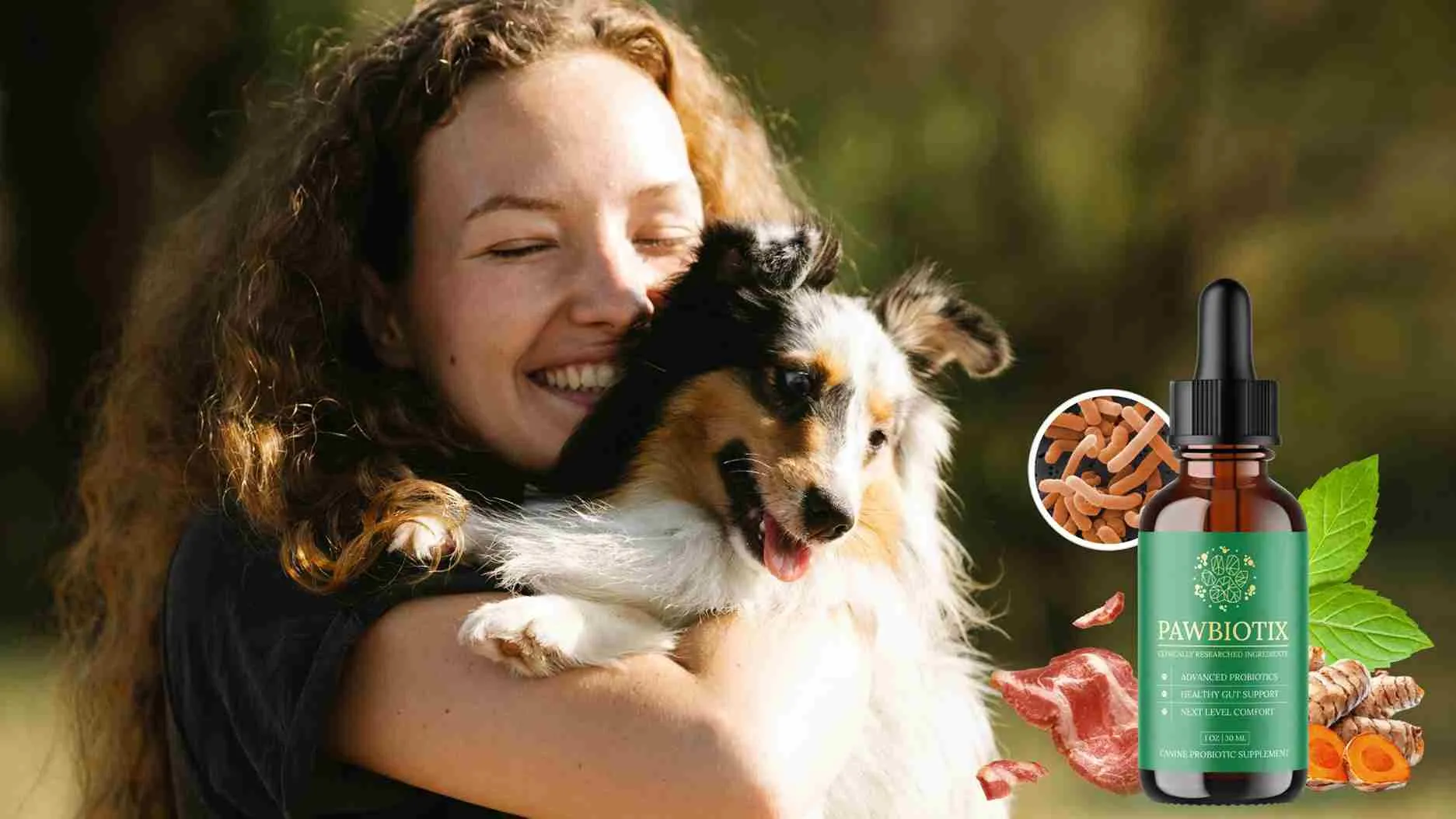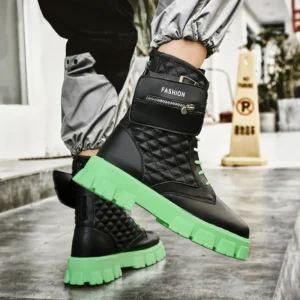
Rehabilitation Revolution: Unlocking Mobility and Recovery for Post-Surgery Canines
$59.00
Discover comprehensive rehabilitation services for dogs recovering from surgery. Our expert team provides tailored physical therapy, hydrotherapy, and assistive care to restore mobility, reduce pain, and enhance your furry friend’s well-being.
Description
Rehabilitation for Dogs After Surgery: A Comprehensive Guide
Introduction:
Surgical procedures are often necessary to treat a wide range of medical conditions in dogs. While surgery can be life-saving or life-enhancing for dogs, it can also lead to postoperative pain, discomfort, and mobility limitations. Rehabilitation plays a crucial role in helping dogs recover from surgery, regain function, and improve their overall well-being.
Importance of Rehabilitation After Surgery
Rehabilitation after surgery offers numerous benefits for dogs, including:
- Pain management: Rehabilitation can help reduce pain and discomfort, allowing dogs to move more comfortably and recover faster.
- Improved mobility: Rehabilitation exercises promote range of motion, strengthen muscles, and improve coordination, helping dogs regain their mobility and prevent stiffness.
- Reduced swelling: Rehabilitation techniques, such as massage and laser therapy, can help reduce swelling and promote fluid drainage.
- Faster recovery: Rehabilitation accelerates the healing process by increasing blood flow to the surgical site, reducing inflammation, and promoting tissue repair.
- Improved quality of life: Rehabilitation enables dogs to regain their physical function, reduce pain levels, and enjoy an active lifestyle post-surgery.
Types of Rehabilitation Treatments
Various rehabilitation treatments can be used to address the specific needs of dogs after surgery. These treatments include:
Physical Therapy:
- Passive range of motion (PROM): Gentle stretching and manipulation of joints to restore range of motion.
- Active range of motion (AROM): Exercises that encourage dogs to move their joints actively.
- Resistance exercises: Exercises that involve using weights or resistance bands to strengthen muscles.
- Proprioceptive exercises: Exercises that improve body awareness and balance.
- Hydrotherapy: Underwater treadmill or pool exercises that provide buoyancy and reduce impact on joints.
Other Therapies:
- Massage: Manual techniques to relax muscles, reduce pain, and improve circulation.
- Laser therapy: Use of low-level lasers to reduce inflammation, promote healing, and relieve pain.
- Acupuncture: Insertion of needles into specific points on the body to stimulate pain relief, reduce inflammation, and improve mobility.
- Electrotherapy: Use of electrical impulses to stimulate muscles and improve muscle function.
When to Start Rehabilitation
The optimal time to start rehabilitation after surgery varies depending on the type of surgery and the dog’s condition. It is generally recommended to start rehabilitation as soon as possible after the surgery, typically within a few days to a week. Early rehabilitation can help prevent complications, promote healing, and accelerate recovery.
How to Find a Qualified Rehabilitation Specialist
It is important to work with a qualified rehabilitation specialist who has experience in treating dogs after surgery. Certified veterinary rehabilitation therapists (CVTs) and veterinary technicians with rehabilitation training are qualified professionals who can provide safe and effective rehabilitation services.
Sample Rehabilitation Protocol
A typical rehabilitation protocol for dogs after surgery may include the following:
Phase 1: Early Postoperative Period:
- Rest and pain management
- Passive range of motion exercises
- Gentle walks on a leash
Phase 2: Return to Activity:
- Active range of motion exercises
- Resistance exercises
- Proprioceptive exercises
Phase 3: Advanced Rehabilitation:
- Increased intensity and duration of exercises
- Obstacle course training
- Swimming or hydrotherapy
Phase 4: Maintenance:
- Regular maintenance exercises to prevent setbacks
- Occasional follow-up visits with the rehabilitation specialist
Conclusion
Rehabilitation is an essential part of a dog’s recovery after surgery. By providing a comprehensive range of treatments, rehabilitation can help reduce pain, improve mobility, accelerate healing, and enhance the overall well-being of dogs. Working with a qualified rehabilitation specialist is crucial to ensure that the dog receives appropriate and effective care.



